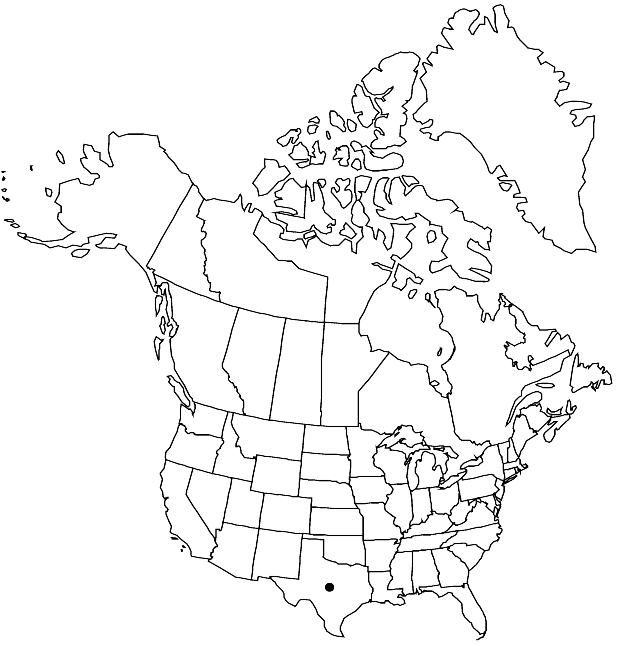Paysonia grandiflora
Novon 12: 381. 2002.
Annuals; mostly densely pubescent, sometimes glabrous, trichomes usually 5-parted. Stems erect to decumbent at base, (unbranched or branched), 2–7 dm, (pubescent proximally, trichomes branched). Basal leaves: blade (oblanceolate), 5–15 cm, margins irregularly dentate to 2-pinnatifid, (apex acute to obtuse), surfaces densely pubescent (trichomes erect, 5-parted). Cauline leaves (usually overlapping); blade oblong to lanceolate, 1–4 cm, base (proximal) often narrowed and cuneate, (distal) auriculate, margins dentate to toothed, (apex acute to obtuse, densely pubescent on midrib, trichomes branched). Fruiting pedicels ascending to divaricate, straight to slightly curved upward, 10–20 mm, densely pubescent. Flowers: sepals 5–7 × 2–3 mm, densely pubescent; petals yellow, 8–12 × 6–9 mm, (abruptly narrowed to a short claw), apex rounded to slightly emarginate; filaments dilated basally, (3–4 mm, anthers sagittate, 2.5–3 mm, glandular tissue projecting, subtending paired stamens, nearly surrounding bases of single stamens). Fruits sessile or subsessile, globose or subglobose (slightly longer than broad), 4–6 × 4–5 mm; valves glabrous; replum not flattened; septum complete, (translucent); ovules (8–) 16–28 (–40) per ovary, (attached in proximal 1/2); style 1–1.5 mm, glabrous; stigmas expanded. Seeds orbicular, 2.5–3 mm. 2n = 18.
Phenology: Flowering Mar–May.
Habitat: Dry areas, roadsides, meadows, rocky slopes, scrubland, with sandy, loose, well-drained soils
Discussion
Paysonia grandiflora probably grows also in northeastern Mexico.
Selected References
None.
Lower Taxa
"elongated" is not a number."thick" is not a number."dm" is not declared as a valid unit of measurement for this property.
